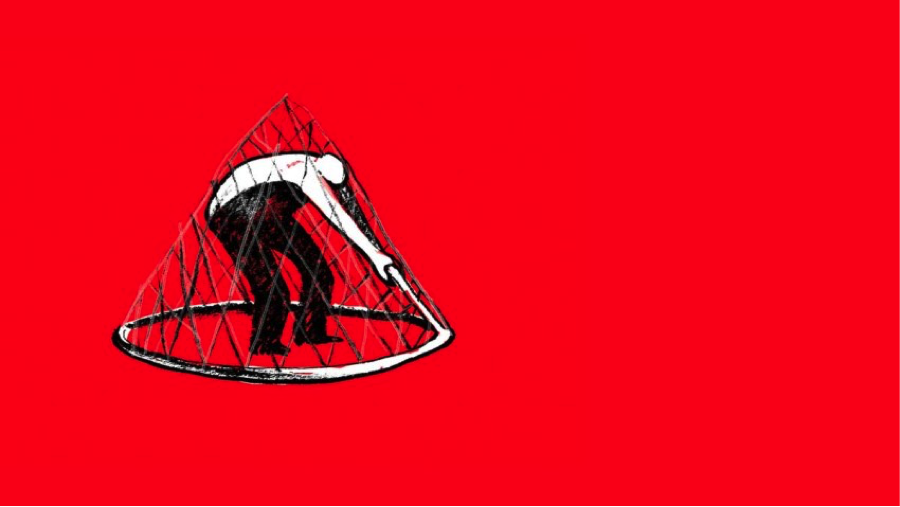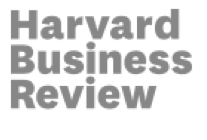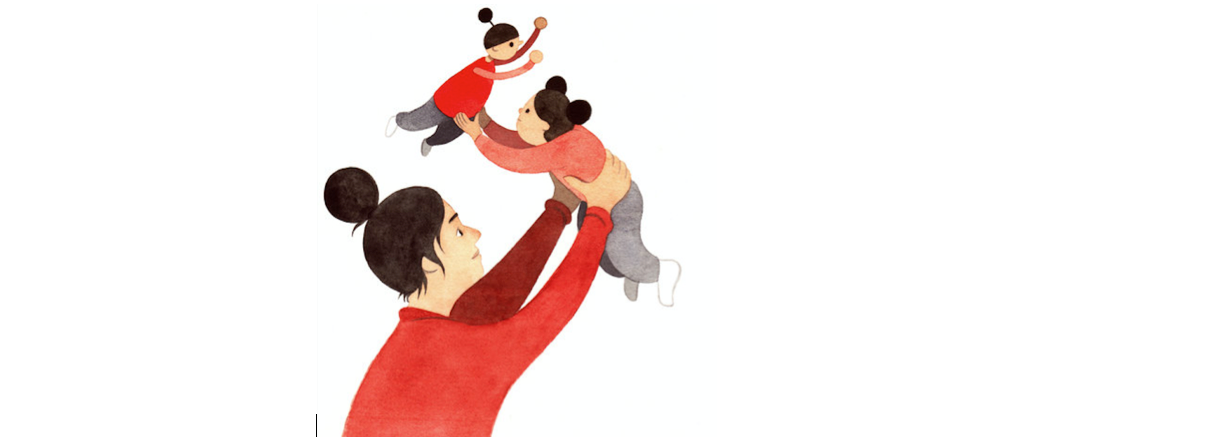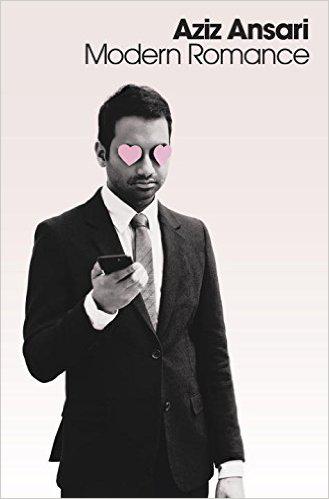4 Ways to Control Your Emotions in Tense Moments
By Joseph Grenny
December 21, 2016

Twenty-three years ago, one of my employees — I’ll call him Dale — asked for a private meeting. Dale was serious and bookish and had very strong opinions. His work was fastidious. He rarely socialized with colleagues, but he was impeccable in his commitments to others. And he was skilled at his job.
As I closed the door to our huddle room, he came straight to the point, “Joseph, I’d like to offer you some feedback.”
I had expected a different agenda. But given my professions about candor in our culture, I was somewhat trapped. “Please do,” I said cautiously.
“Joseph, you are arrogant and difficult to work with. Your first inclination is to shoot down criticisms from me and others. That makes it impossible for me to do my job as an editor.” And with that, he was done. He looked at me calmly.
I compressed an hour’s worth of emotions and thoughts into mere seconds. I felt waves of shame, resentment, and anger. In my mind, I made a frenzied inventory of Dale’s defects — as though assembling a case to rebut an aggressive prosecutor. I fantasized briefly about firing him. My chest felt tight. My breathing was shallow. Through it all, I did my best to fake a composure I clearly did not feel. My tacit logic was that confessing hurt would telegraph weakness.
An overwhelming majority of the bad decisions I’ve made in my life were impulsive. They weren’t errors of faulty logic or ineffective deliberation. They were avoidable mistakes in moments when I was unwilling or unable to manage potent negative emotions. Likewise, the most consequential progress I’ve made in my development as a leader has been not in professional but in emotional competence.
The career-limiting habits I entered my profession with were a direct result of my inability to deal with emotions like anxiety, embarrassment, and fear. For example, I routinely procrastinated on tasks that provoked anxiety and a lack of confidence. I reacted defensively when embarrassed by criticism. And I struggled to speak up when my views were at odds with powerful colleagues.
The ability to recognize, own, and shape your own emotions is the master skill for deepening intimacy with loved ones, magnifying influence in the workplace, and amplifying our ability to turn ideas into results. My successes and failures have turned on this master skill more than any other.
But can you strengthen this core muscle of your emotional anatomy? If your impulses tend to override your intentions in cherished areas of life, is it possible to make the converse the norm?
Four practices have made an immense difference for me at important moments in my career, like this one when I faced “Dale.”
Own the emotion. Emotional responsibility is the precondition of emotional influence. You can’t change an emotion you don’t own. The first thing I do when struck by an overpowering feeling or impulse is to accept responsibility for its existence. My mental script is, “This is about me, not about that or them.” Emotions come prepackaged with tacit external attribution. Because an external event always precedes my experience of an emotion, it’s easy to assume that event caused it. But as long as I believe it was externally caused I am doomed to be a victim to my emotions.
For example, my anger following Dale’s criticism had nothing to do with Dale’s criticism. His statement could have corresponded to feelings of curiosity, surprise, or compassion as much as resentment and anger. The fact that I experienced the latter rather than the former was about me, not him.
Name the story. Next, you need to reflect on how you colluded with the initial event to create the present emotion. Emotions are the result of both what happens, and of the story you tell yourself about what happened. One of the powerful practices that helps me detach from and take control of my emotions is to name the stories I tell. Is it a victim story — one that emphasizes my virtues and absolves me of responsibility for what is happening? Is it a villain story — one that exaggerates the faults of others and attributes what’s happening to their evil motives? Is it a helpless story — one that convinces me that any healthy course of action (like listening humbly, speaking up honestly) is pointless? Naming my stories helps me see them for what they are — only one of myriad ways I can make sense of what’s happening. As I sat with Dale, I realized I was deep in victim and villain stories. I was thinking only of reasons he was wrong but not of how he was right — and I was attributing his criticism to his personal flaws, not his legitimate frustrations.
Challenge the story. Once you identify the story, you can take control by asking yourself questions that provoke you out of your victim, villain, and helpless stories. For example, I transform myself from a victim into an actor by asking, “What am I pretending not to know about my role in this situation?” I transform Dale from a villain into a human by asking, “Why would a reasonable, rational, and decent person say this?” and I transform myself from helpless into able by asking, “What’s the right thing to do now to move toward what I really want?”
As I pondered these questions in my interaction with Dale, I saw how my impatience and… gulp… arrogance, was a big part of why he was saying this. As I asked, “What is the right thing to do…” I felt an immediate release from resentment and anger. A calming humility emerged. And, I began to ask questions rather than present my defense.
Find your primal story. Over the years, I’ve wondered why the stories I tell myself are so predictable. In my research with hundreds of leaders, I’ve found that most people have habitual stories they tell in predictable circumstances as well. Early life experiences that we perceived at the time to be threats to our safety and worth become encoded in our potent memories.
For example, perhaps a classmate in second grade coaxed you to an unsupervised place in the schoolyard and bullied you in a traumatic way. A parent may have shown you less approval than a sibling. From these experiences, the most primal part of our brains code certain conditions as threatening — physically or psychically. And from that point forward, you don’t get to vote on whether you’ll react when those conditions are present. When a larger work colleague raises his voice, your brain might connect with the old bully experience. Or, when Dale accuses you of being arrogant, your parental criticism triggers flare. I’ve found greater peace over the years as I’ve become aware of the primal origin of the stories I tell — and learned to challenge the perception that my safety and worth are at risk in these moments. When my chest got tight sitting across from Dale, simply thinking, “This can’t hurt me” and “Humility is strength not weakness” had an immediate calming effect. Reciting a specific script in moments of emotional provocation weakens trauma-induced reaction that is not relevant in the present moment.
Dale and I worked together productively for years after this episode. I’ve failed as many of these moments as I’ve mastered — but by working intentionally on these simple exercises, my successes are far more common.

Joseph Grenny is a four-time New York Times bestselling author, keynote speaker, and leading social scientist for business performance. His work has been translated into 28 languages, is available in 36 countries, and has generated results for 300 of the Fortune 500. He is the cofounder of VitalSmarts, an innovator in corporate training and leadership development.



 Reading this book was a pleasure as well as an education in this landscape, and something I’m very happy to recommend to clients. It starts with highlighting the dramatic social change: that in just two decades, people suddenly have more romantic options than at any time in human history. Social media, smartphones and online dating have made the ability to connect with these options incredibly easy. The result is that people can struggle with pretty intense anxiety in the face of overwhelming options for their hope of finding someone with whom they can share a deep connection.
Reading this book was a pleasure as well as an education in this landscape, and something I’m very happy to recommend to clients. It starts with highlighting the dramatic social change: that in just two decades, people suddenly have more romantic options than at any time in human history. Social media, smartphones and online dating have made the ability to connect with these options incredibly easy. The result is that people can struggle with pretty intense anxiety in the face of overwhelming options for their hope of finding someone with whom they can share a deep connection.
You must be logged in to post a comment.